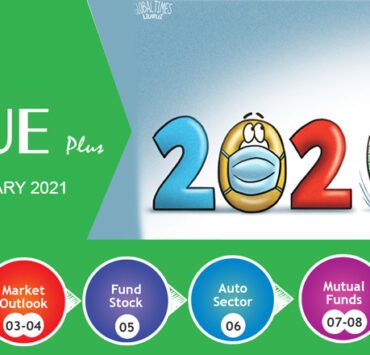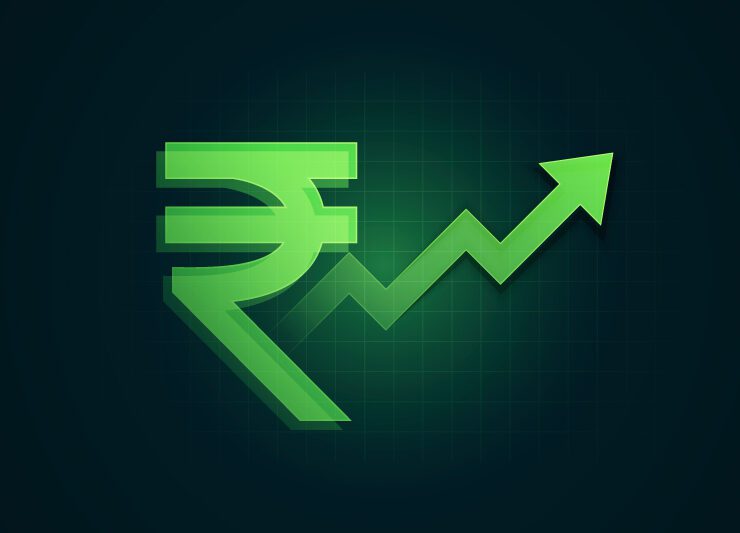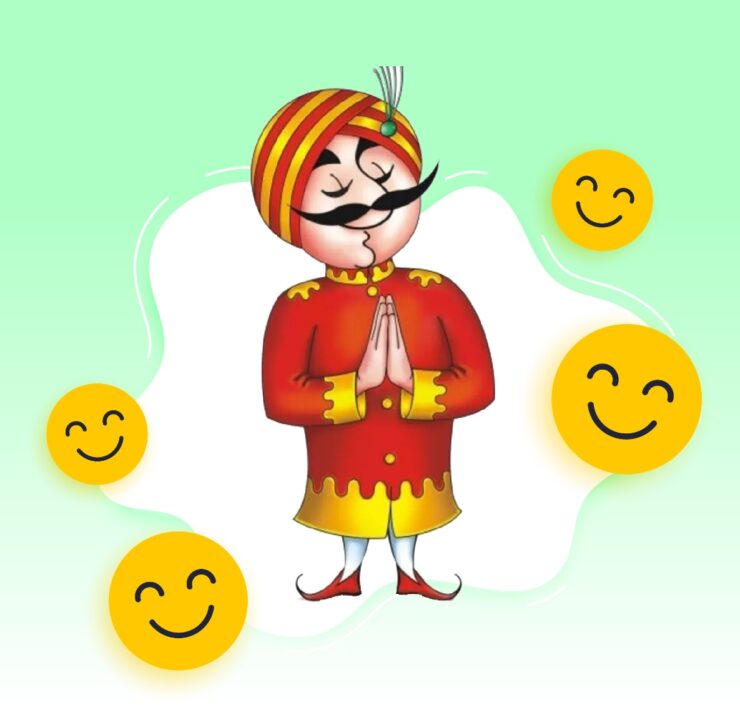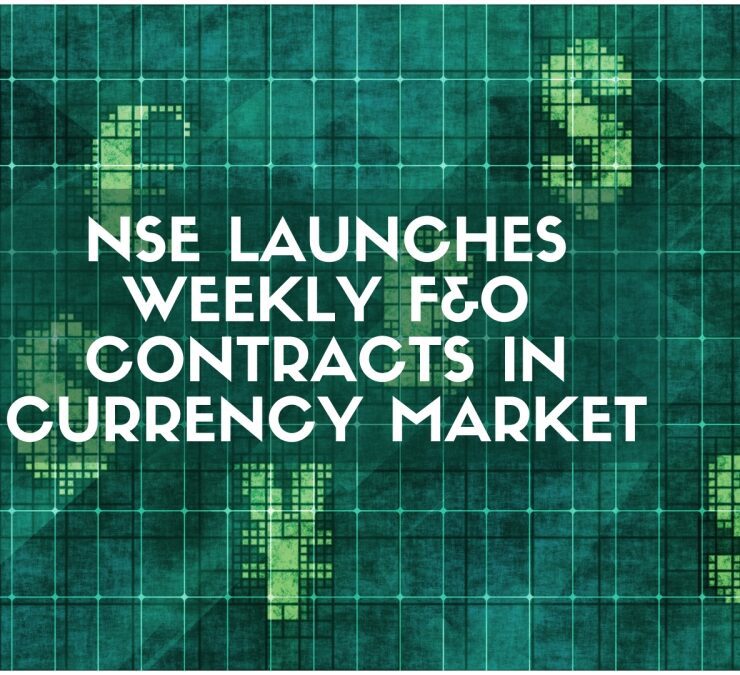Everything you need to know about currency trading in India

Forex trading was opened for Indian residents in 2008 and since then there has been a huge jump in forex trading volumes in India. Prior to that, the only way someone could hedge their currency exposure was in the over-the-counter (OTC) market through forward contracts. This was opaque, expensive and a closed market where mostly banks and financial institutions traded. The introduction of exchange-traded currency derivatives made trading in currency much easier and accessible for everyone from small and medium businesses and individuals who want to hedge their currency risks.
With the launch of exchange-traded currency derivatives, it is now much easier for importers and exporters to hedge their currency exposure and for speculators to profit from currency movements. All you need is to open a forex trading account with a trusted broker, and you can trade in major world currencies at the click of a button, no matter where you are.
What is forex trading?
Forex stands for foreign exchange and refers to the buying or selling of one currency in exchange for another. In the forex market, currencies always trade in pairs. When you exchange U.S. dollars for Indian Rupee, there are two currencies involved, so the exchange always shows the value of one currency relative to the other. The USD/INR price, for example, lets you know how many Indian rupees (INR) it takes to buy one US dollar (USD). An example of the pair could be USD/INR. The currency pair has a standard format, as shown below –
Base Currency / Quotation Currency = Value
There are three parts here, let’s understand each one of them:
Base Currency – Base Currency is always fixed to 1 unit of a currency (like 1 Indian Rupee, 1 US Dollar, 1 Euro etc.)
Quotation Currency – Refers to another currency that equates to the base currency (obviously it can be any currency apart from the base currency)
Value – Indicates the value of the Quotation Currency against the Base Currency.
Let us understand this with the example of USD/INR, which as we speak is trading at 73.20 (value). The base currency here is USD, and is fixed to 1 unit. Quotation currency is INR. So basically $1 is equal to ₹73.20. Simple, isn’t it?
How can one trade in currency derivatives?
In India, the two major stock exchanges, BSE and the National Stock Exchange (NSE), have currency derivatives segments. The Metropolitan Stock Exchange of India (MSEI) also has a currency segment but the volumes are a fraction of that witnessed on the BSE or the NSE.
However, you cannot directly trade in currency with NSE or BSE. You need to open a trading account with a recognised exchange broker with currency segment membership (like Arihant). Trading in currency is just like trading in the equity derivatives segment and can be done through online trading or mobile trading platforms of your broker.
The next obvious question in your mind would be, do I need a lot of money to trade in currency derivatives? The simple answer is no. While a dollar-rupee contract size is $1,000, one can trade in a USD-INR contract by just providing a nominal 2-3% margin of the total contract value.
Different Types of Currency Derivatives Traded in India
Worldwide, forex markets exist as spot (cash) markets as well as derivatives markets offering forwards, futures, options, and currency swaps. In India, only currency derivatives are available for trading on the exchange, particularly futures and options (F&O).
What are currency derivatives? Currency derivatives are futures and options contracts where you can buy or sell specific quantities of a particular currency pair at a pre-determined future date. To put it in perspective, in derivatives markets you do not trade actual currencies – no actual exchange of the currency takes place. Instead, you deal in contracts that represent claims to a certain currency type, a specific price per unit and a future date for settlement.
In India, you can trade on NSE and BSE in both the currency futures and currency options contracts. Below is a brief about what are futures and options and what contracts are available for currency trading in India.
A. Futures
A futures contract is a legal agreement between two parties to buy or sell the underlying asset at a predetermined future date and price. Futures contracts have specific details, including the number of units being traded, delivery and settlement dates, and minimum price increments that cannot be customized. The exchange acts as a counterpart to the trader, providing clearance and settlement. The contract is binding and settled in cash at the exchange (NSE or BSE in this case) upon expiry. Although, the contracts can also be bought or sold before they expire.
The currency futures contracts available for trading in India are –
- US Dollar –Indian Rupee Contract (USD-INR),
- British Pound –Indian Rupee Contract (GBP –INR),
- Japanese Yen –Indian Rupee Contract (JPY-INR), and
- Euro –Indian Rupee Contract (EUR-INR)
In addition to these, the following cross-currency pairs (aka international currency pairs) are also available in India:
- EUR-USD (lot size $1000),
- GBP-USD (lot size £1000), and
- USD-JPY (lot size $1000)
B. Options
An options contract gives a trader the right but not an obligation to buy or sell an underlying asset at a predetermined future date and price. Options protect the trader from unexpected price fluctuations, making it a safer option for trading. The options contract currently available for trading is USD-INR.
Note that all currency derivatives contracts are cash-settled in Indian Rupees. Yes, even the cross-currency pairs. While they are traded in quote currency they are settled in Indian Rupee.
Did you know? NSE recently launched weekly F&O contracts in 3 currency pairs
Who is currency derivatives trading for?
Currency derivatives can be used for hedging forex risks, speculation, or arbitrage. Companies and financial institutions can enter the forex market primarily for minimizing the risks due to exposure to foreign currencies. Extreme volatility in currency markets provides more opportunities for traders to make money in this market. An investor can take a position to participate in the market for trading or sell immediately to benefit from the variation in the forex rates on different exchanges.
Still not sure what hedging is? Let’s try to understand it again. Companies doing business in foreign countries are at risk due to fluctuations in currency values when they buy or sell goods and services outside of their domestic market (like American company Apple selling their phones in India or an Indian Ayurveda company Himalaya selling their products in the US). In a world when the exchange rate of a currency is fixed and never changes, everything is simple. But we live in a complex world, and the exchange rate of one currency over the other can go up or down. This currency fluctuation can be really bad or good for export or import-oriented business depending on whether the currency price movement is in their favor or it is going against it.
Foreign exchange markets provide a way to hedge (protect their downside) currency risk by fixing a rate at which the transaction will be completed.
What do I need to do to start trading in currency derivatives?
If you already have a trading account with a broker, ask them to activate the currency segment for you. It will be easier than going through complete paperwork again.
However, if you want to start fresh, then open a new trading account and choose currency segment in the trading segment selection. To open the account all you need is your pan card, Aadhar (easier to open via Aadhar card), identity and address proof, 6 months bank statement, IPV (optional with some brokers) and e-sign. The account opening will be a completely digital process and if all your documents are in order the account can be active in flat 15-20 minutes. Click here to open your account now.
Leverage in forex trading
Leverage is undoubtedly a very useful tool when trading Forex, but it’s also very dangerous. You don’t understand what is leverage? No worries. The simplest way to explain leverage is to call it a loan from your broker.
Currency derivatives trading involves trading on margin. When you don’t pay the full value of the contract to buy that currency-pair contract but only a small percentage of the total value, it is called margin amount. When you trade on margin, you basically borrow money from the broker to finance trades that require funds in excess of your actual cash balance in the account. If your assumption of the price movement of a certain currency pair goes wrong, you face a margin call from your broker, requiring cash in excess of your original investment.
While leverage in trading can exponentially increase profits, it can do the same with losses. Currency markets can be very volatile and if you are heavily leveraged, you can face substantial losses. Hence, keep your risk in check and make sure to never stretch yourself.
If you learn the art of risk management in trading, you have won half the battle already and are set to win the game.








